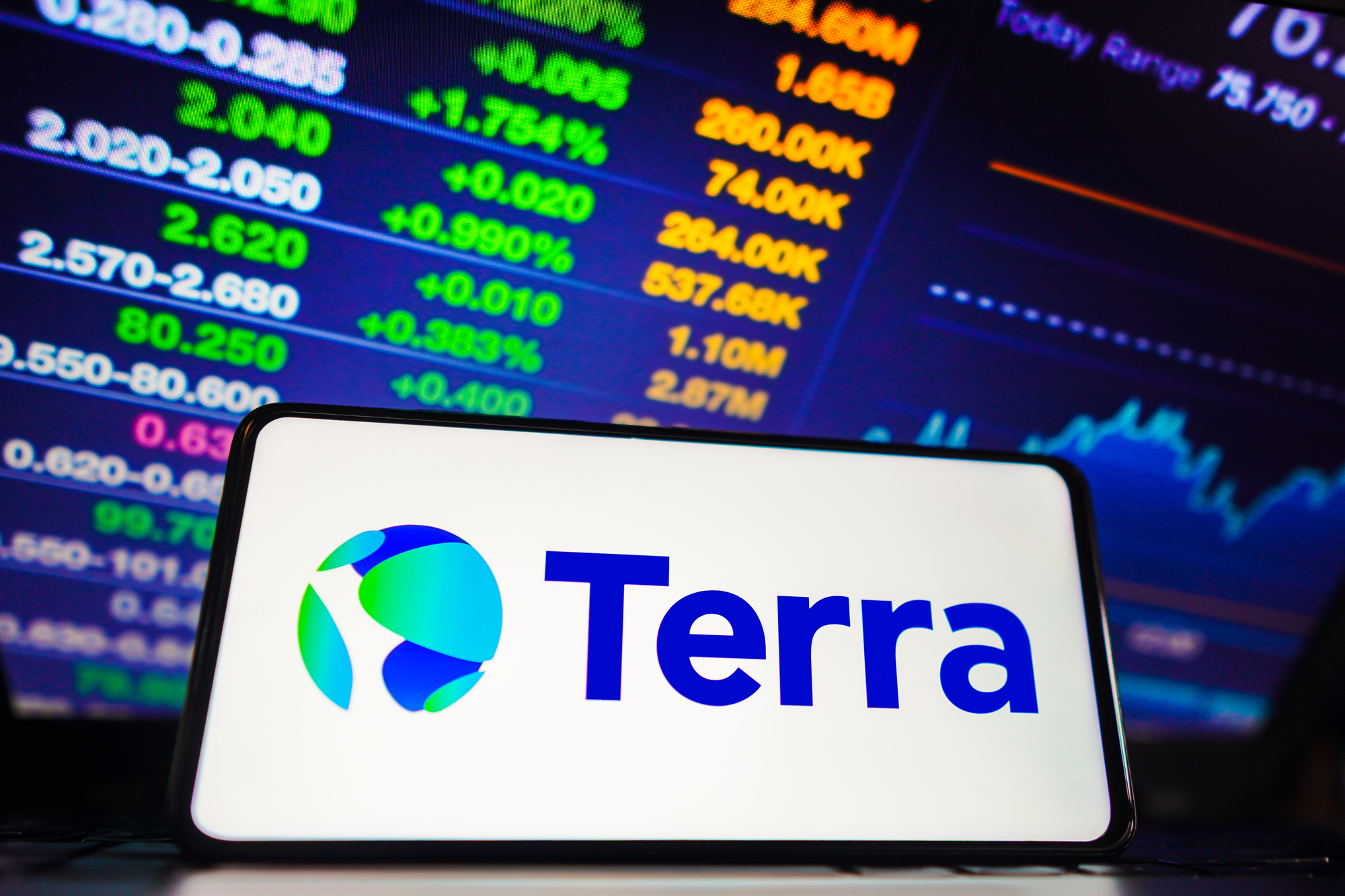Narration generated using Murf.ai
The recent SEC ruling against Terraform Labs and its co-founder Do Kwon has become a defining moment for the cryptocurrency industry. It highlights the complexities, vulnerabilities, and the dire need for clear regulation surrounding algorithmic stablecoins. As an engineer who works intimately with blockchain technologies, I’ve followed the Terra story with a mix of fascination and deep unease. Let’s delve into the technical details of the collapse, the lessons we need to internalize, and potential paths forward for the stablecoin sector.
The Dream of Algorithmic Stablecoins: Free from Fiat’s Grip
Stablecoins are a crucial part of the cryptocurrency ecosystem. They offer a haven of price stability in a notoriously volatile market. Traditional stablecoins like Tether (USDT) or USD Coin (USDC) achieve this by maintaining reserves of real-world assets (usually dollars) on a 1:1 ratio against their issued tokens. However, this approach introduces a degree of centralization, relying on trusted institutions to hold those assets.
Algorithmic stablecoins like TerraUSD (UST) promised to break free from this model. They aimed to maintain a stable peg—usually to the US dollar—through purely algorithmic mechanisms. No centralized asset reserves were supposedly necessary, leading to the tantalizing idea of a truly decentralized currency that could resist censorship and government overreach. A noble goal, perhaps, but fraught with hidden risks.
Terra’s Mechanism: A Complex Dance of Luna and UST
The heart of Terra’s system was the relationship between its stablecoin, UST, and its volatile counterpart, Luna (LUNA). Here’s a simplified explanation of how it was intended to work:
- UST falls below $1: When the price of UST dipped below its dollar peg, users were incentivized to burn (destroy) $1 worth of LUNA. In return, they’d receive one newly minted UST. This reduction in UST’s supply was designed to push its price back upwards.
- UST rises above $1: Conversely, if UST traded above $1, the reverse process occurred. Users could burn 1 UST and receive $1 worth of newly minted LUNA. This was meant to increase UST’s circulating supply and nudge its price downwards.
This delicate equilibrium relied on faith in the system and, importantly, sustained demand for LUNA. As long as there was enough appetite for LUNA, the theory went, UST’s peg could be maintained.
Achilles’ Heel: When Faith Erodes, Spirals Begin
The problem was that this design was extraordinarily susceptible to cascading failures in times of panic. Imagine a large whale (major holder) decides to sell a significant chunk of UST, triggering a drop in price. This causes widespread concern among other investors, who begin selling their UST as well. The algorithm kicks in, burning LUNA to buy back UST in an attempt to stabilize the price.
However, if the selling pressure for UST overwhelms the system, investors start to seriously doubt LUNA’s ability to back the peg. This, in turn, makes LUNA less valuable. As LUNA tanks, the system’s ability to buy back UST weakens further, making the peg even shakier. Investors, witnessing this, lose even more faith, selling UST in greater numbers, and so the downward spiral intensifies. This was the infamous “death spiral” that ultimately destroyed the Terra ecosystem.
The Fuel on the Fire: Anchor Protocol’s Unsustainable Yields
Terraform didn’t only rely on the UST-LUNA dance; they added a dangerously attractive element called the Anchor Protocol. Anchor offered extraordinarily high yields (upward of 20%) to those who deposited their UST. This attracted enormous inflows of capital, artificially bloating the entire Terra ecosystem.
The issue with Anchor was simple: such high yields were fundamentally unsustainable. There was no real-world economic activity fueling those returns. Many analysts suspected they were subsidized out of Terra’s reserves, a dangerous game that could only continue as long as new money kept flowing in and confidence remained high. It was a house of cards waiting for the wind to change direction.
Lessons Learned: Engineering Beyond Ideals
The Terraform case offers harsh but essential engineering lessons:
- Transparency is Paramount: Complex mechanisms without clear explanations breed mistrust. Investors and users need comprehensive disclosure about how a stablecoin maintains its peg and what risks are involved.
- Stress-testing to Failure: Algorithms designed in a vacuum will break under real-world pressure. Engineers must thoroughly stress-test systems, model various failure scenarios, and build in adequate safeguards.
- Incentives Matter: Market design, especially when offering high yields, can have profound unintended consequences. Understanding possible manipulation vectors and how human behaviour interacts with a system is crucial.
- Hybrid Models Might Be the Answer: Purely algorithmic stablecoins have demonstrated significant vulnerability. Exploring hybrid approaches that combine algorithmic elements with partial real-world asset backing could potentially offer a more robust design.
Consequences: Regulation, Scrutiny, and the Road Ahead
The ripple effects of Terra’s collapse were severe. Billions in investor value evaporated, shattering confidence in algorithmic stablecoins and contributing to a broader market slump. The SEC’s ruling against Terraform Labs and Do Kwon marks a watershed moment, establishing a precedent for holding crypto projects accountable for potentially defrauding investors.
We can expect the aftermath to have both positive and negative consequences:
- Regulatory Uncertainty: Increased scrutiny from regulators is inevitable. This could stifle innovation, but it’s also crucial for weeding out dangerous projects and protecting consumers.
- Focus on Transparency and Auditability: Expect more rigorous demands for regular audits of stablecoins reserves (both algorithmic and traditional) to become the norm.
- Wariness of High Yields: The days of investors blindly chasing unrealistic DeFi returns are likely over. A healthier skepticism towards overly complex yield generation mechanisms will emerge.
The Future of Algorithmic Stablecoins: A Path Through the Rubble
Does this spell the end for algorithmic stablecoins? Not necessarily. But the path forward requires a fundamental shift in approach. Engineers and designers in the space must embrace humility, learn from the harsh lessons of Terra, and focus on these critical aspects:
- Simplicity over Complexity: Opaque systems invite disaster. Future algorithmic designs should seek relative simplicity, making their core mechanisms easily understandable by a wider audience.
- Risk Management First: Designing with the mindset of “how will this break?” should be the starting point, not an afterthought. Contingency plans and built-in circuit breakers are essential.
- A Place, Not a Panacea: Algorithmic stablecoins are likely to have a role in a diverse cryptocurrency ecosystem, but they cannot be treated as a blanket replacement for more traditional, asset-backed models.
The Terra debacle was a painful chapter in crypto history. However, through careful analysis, responsible regulation, and a renewed focus on robust engineering principles, it’s possible to build a more trustworthy and resilient future for both stablecoins and the decentralized financial landscape as a whole.
Conclusion: A Moment for Reflection
The story of Terraform Labs and the collapse of UST serves as a sobering reminder of the risks and potential pitfalls associated with cutting-edge financial innovation. As engineers fascinated by the potential of blockchain technology, we hold a responsibility to not only build but also critically examine the systems we create. The allure of decentralization and algorithmic elegance cannot blind us to the need for transparency, stress testing, and a deep understanding of how economics and human behavior intertwine with code.
Let the lessons of Terra guide us towards building a more mature and resilient cryptocurrency ecosystem – one where innovative stablecoins can exist alongside established models, each playing their role in a system that prioritizes user safety, understanding, and the long-term vision of a more inclusive financial world.
Want to get started with crypto? Check out Gemini.






